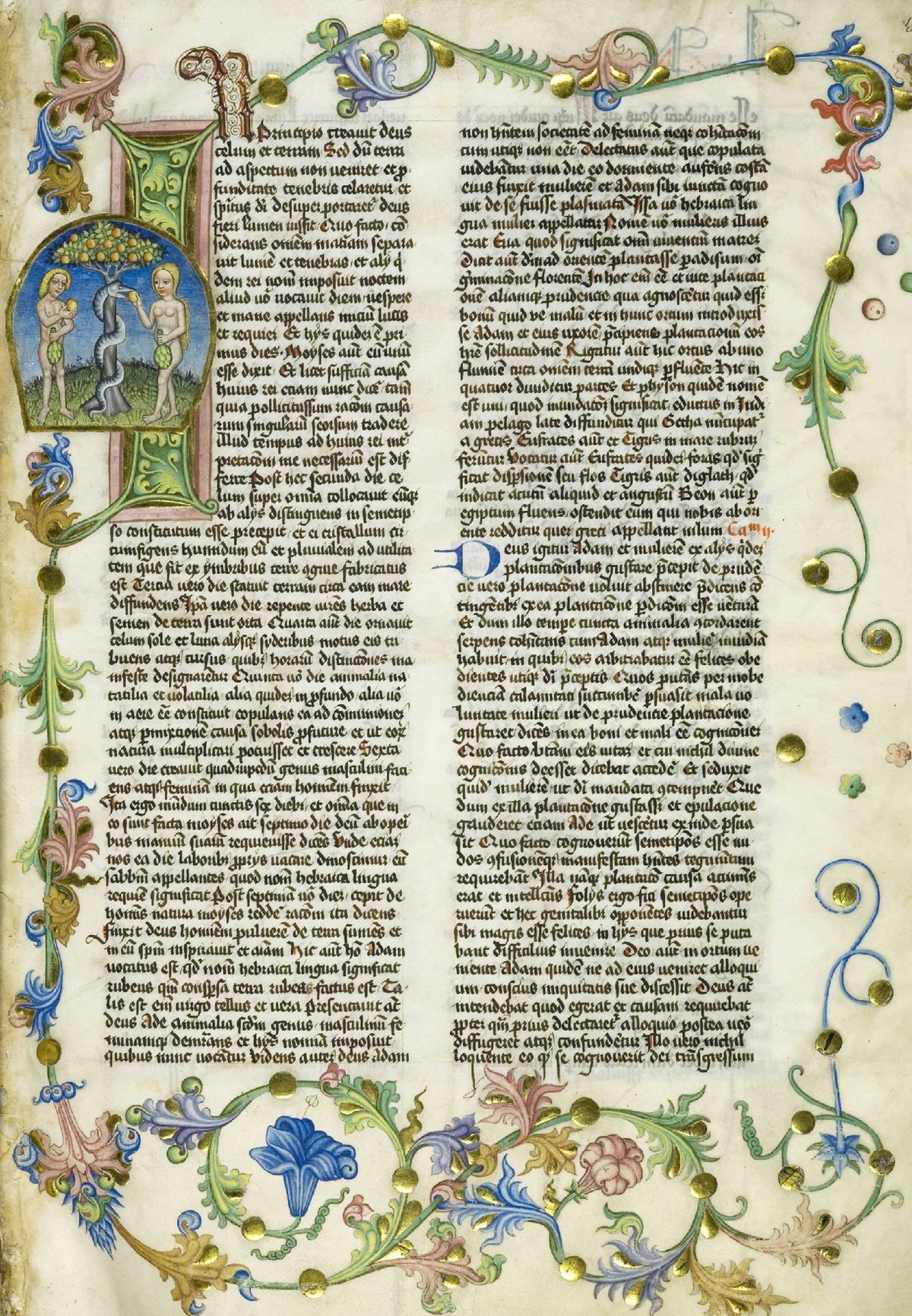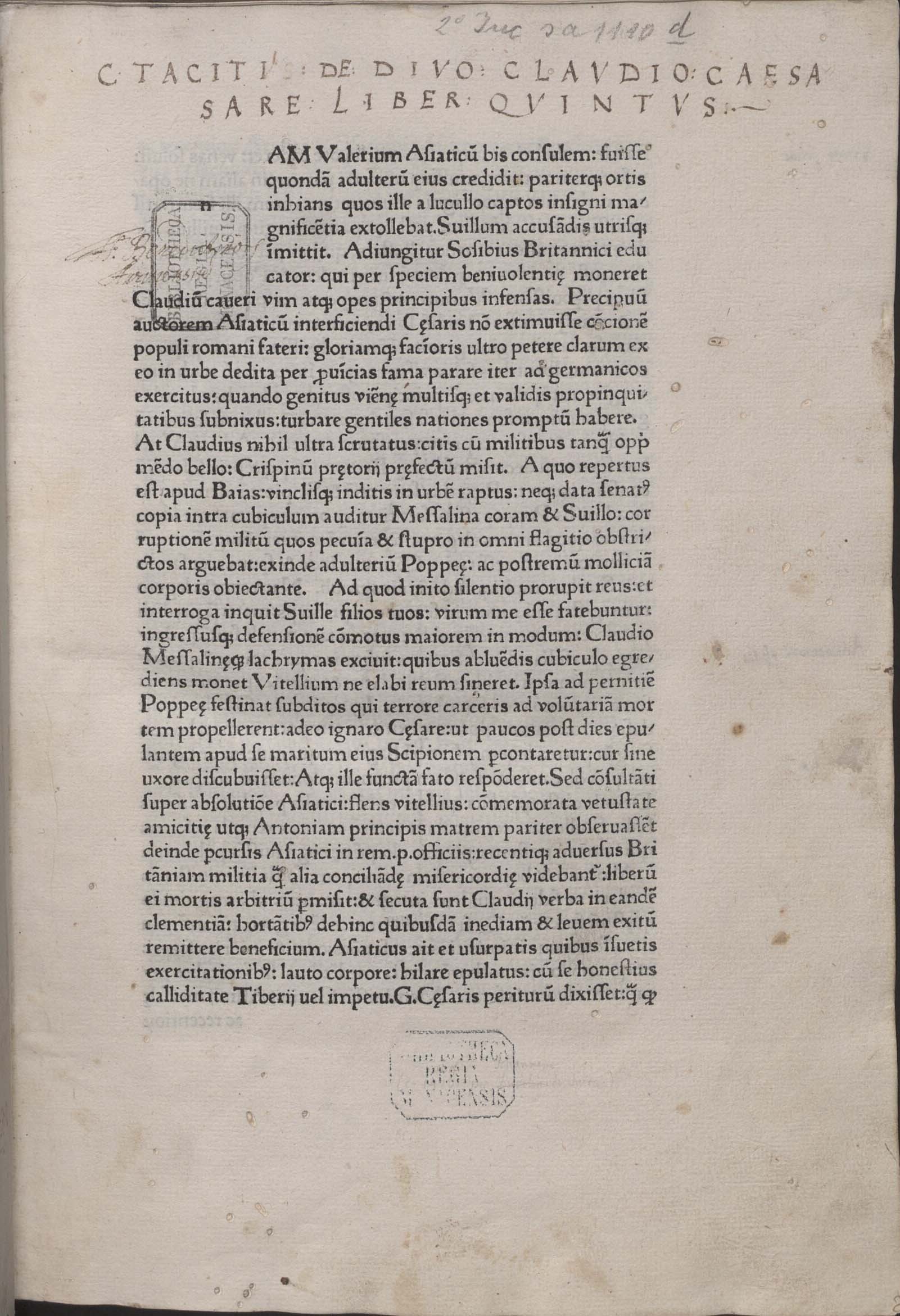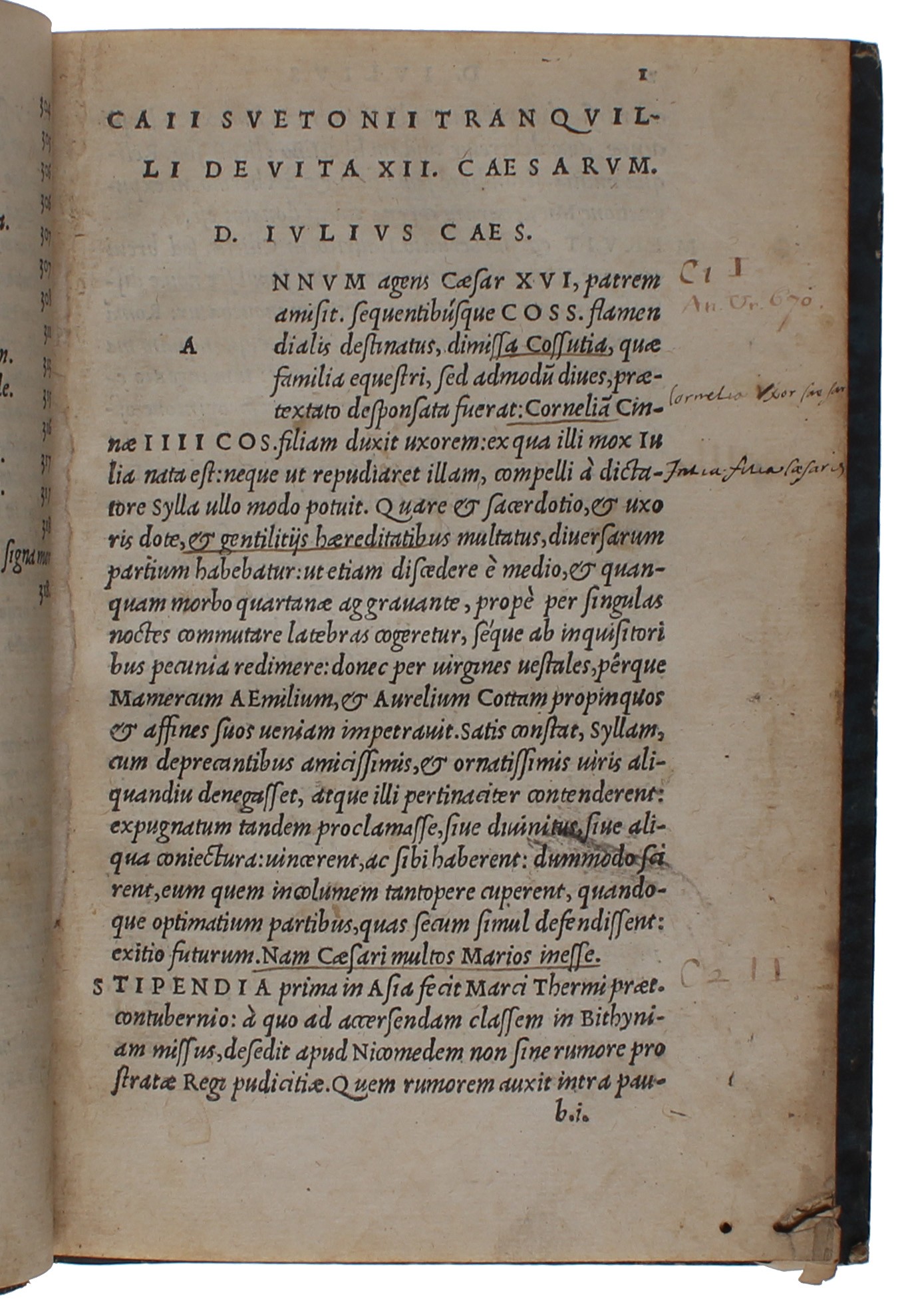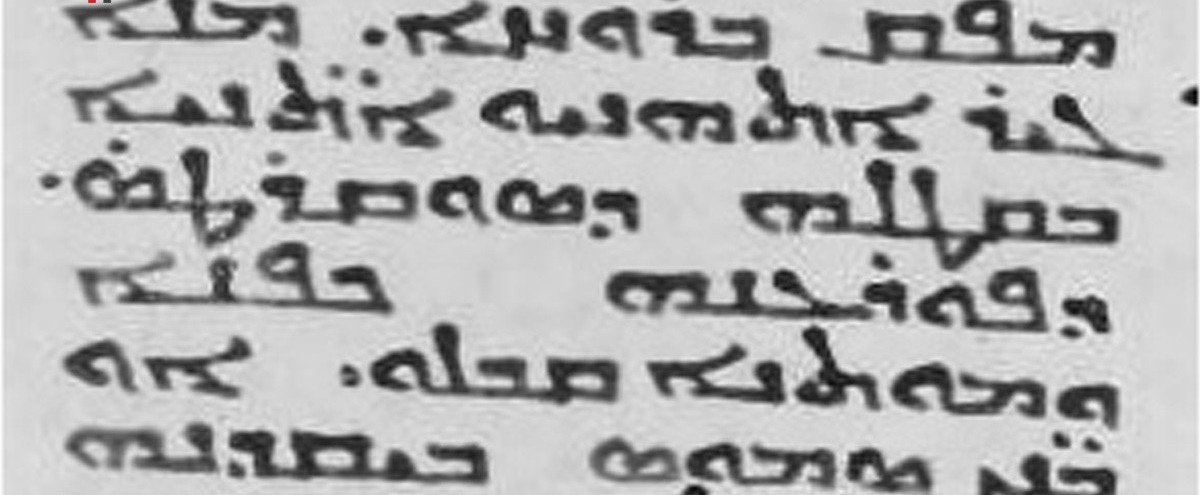The Historical Jesus
The overwhelming consensus among scholars, both religious and secular, is that Jesus was indeed a real historical figure who lived in early first-century Israel and founded Christianity. It’s frankly astounding that in the face of such strong evidence, there are still those who stubbornly cling to the notion that Jesus was merely a literary creation or myth. The historical evidence supporting Jesus’ existence is so compelling that it’s hard to take seriously anyone who denies it.

The abundance of independent ancient sources referencing Jesus as a real person is quite compelling. We’re looking at works from some of the most respected historians and writers of the ancient world, which is pretty impressive when you think about it.
Let’s break it down and look into a few documents that prove without a doubt that Jesus Christ walked the earth:
Josephus (c. 93-94 AD):
The Jewish historian Flavius Josephus (c. 93-94 AD) provides the earliest non-Biblical account of Jesus in his work “Antiquities of the Jews”. Josephus makes two references to Jesus in this text, which are considered significant by scholars as they come from a non-Christian source.

The first and most extensive reference is known as the “Testimonium Flavianum”. This passage describes Jesus as “a wise man” who “was the Messiah” and was crucified by Pontius Pilate. They believe it contains an authentic core that references the life and execution of Jesus [1][2][3].
The second reference, found in Book 20 of the Antiquities, simply mentions “the brother of Jesus, who was called Christ, whose name was James”. This passage is considered by nearly all modern scholars to be authentic and not a Christian interpolation [1][2].
The fact that these references to Jesus come from a non-Christian Jewish historian like Josephus is significant, as it provides independent confirmation of the historical existence of Jesus outside of the biblical accounts [1][2]. Josephus was a well-respected historian who had no vested interest in promoting Christianity, so his writings lend credibility to the basic facts about Jesus, such as his crucifixion by the Roman authorities [1][2].
While the exact wording and details of Josephus’ references have been debated by scholars, the consensus is that they do contain authentic information about the historical Jesus, making them an important non-Biblical source for understanding this figure from the 1st century [1][2].
Learn more:
- Josephus on Jesus – Wikipedia
- Josephus: Antiquities of the Jews, Book XVIII
- Sources for the Historicity of Jesus | Encyclopedia MDPI
Tacitus (c. 116 AD)
Tacitus, the renowned Roman historian who lived around 116 AD, provides one of the earliest non-Christian references to the execution of “Christus” (the Latin term for Christ) under the Roman prefect Pontius Pilate. This passage is significant because Tacitus was known for his critical and impartial approach to historical accounts, rather than being a sympathetic observer of Christianity.

In his work “Annals”, Tacitus describes how the Roman emperor Nero attempted to shift the blame for the devastating fire in Rome in 64 AD onto the Christians. Tacitus writes that the “originator of the name, Christ, was executed as a criminal by the procurator Pontius Pilate during the reign of Tiberius.” [1] This directly corroborates the Gospel accounts of Jesus’ crucifixion under the authority of the Roman prefect Pontius Pilate.
Importantly, Tacitus refers to the Christians as holding a “destructive superstition”, indicating his own disdain for the new religious movement. [1] As a pagan Roman historian, Tacitus was not inclined to be favorable towards the early Christians. His mention of “Christus” and the details surrounding his execution therefore carry significant weight as an independent, non-Christian source confirming key events in the life of Jesus.
The fact that Tacitus, a critic of Christianity, corroborates the basic facts about the execution of Jesus under Pontius Pilate provides strong evidence that these events did indeed occur, even from the perspective of a Roman authority figure who was not sympathetic to the Christian cause. This passage from Tacitus is an important historical confirmation of the Gospel narratives.
Learn more:
Pliny the Younger (c. 112 AD)
Pliny the Younger’s letter to Emperor Trajan around 112 AD provides valuable insight into the early Christian community and how they were viewed by Roman authorities at the time. As the governor of the province of Bithynia and Pontus, Pliny encountered Christians for the first time and was unsure how to handle them legally.

In his letter, Pliny describes the practices of the Christians he interrogated. He states that they would gather on a fixed day before dawn to “sing responsively a hymn to Christ as to a god.” This is a significant detail, as it shows that early Christians were openly worshipping Christ as a divine figure, even though this was at odds with the Roman imperial cult. [1][2]
Pliny also notes that the Christians he questioned would “bind themselves by oath, not to some crime, but not to commit fraud, theft, or adultery, not falsify their trust, nor to refuse to return a trust when called upon to do so.” This suggests the Christians had a strong ethical code and were not engaging in the “shameful acts” (flagitia) that were often associated with their religion by Roman authorities. [3]
Importantly, Pliny’s letter is an official Roman document, written by a governor reporting directly to the emperor. This lends credibility to his account of Christian practices, as he was an eyewitness providing a first-hand report to the imperial authorities. [1][2]
The fact that Pliny, as a Roman official, acknowledges Christians worshipping Christ “as to a god” is significant. It demonstrates that the divinity of Christ was a central tenet of the Christian faith, even in its earliest stages, and was recognized as such by the Roman government. [1][2]
Overall, Pliny’s letter provides a valuable window into the lives and beliefs of early Christians, as well as the Roman government’s initial response to this new religious movement. It is an important historical document that sheds light on the relationship between the Roman Empire and the burgeoning Christian community in the early 2nd century AD.
Learn more:
- Pliny’s Letter to Trajan | Christian History Institute
- Pliny and Trajan on the Christians
- Pliny the Younger on Christians – Wikipedia
Suetonius (c. 121 AD):
Suetonius, the Roman historian writing around 121 AD, provides a brief but significant reference to early Christian movements in his work “Lives of the Twelve Caesars”.

In his biography of the Emperor Claudius, Suetonius states that Claudius “expelled the Jews from Rome because they were constantly making disturbances at the instigation of Chrestus” [1][2].
This passage is noteworthy for a few reasons:
- The reference to “Chrestus” is likely a misspelling or misunderstanding of “Christus”, the Latin term for Jesus Christ [1][2]. This suggests Suetonius was aware of the growing Christian movement and its connection to the Jewish community in Rome.
- The “disturbances” Suetonius mentions likely refer to conflicts between Jewish Christians and other Jews over the claim that Jesus was the Messiah [1][2]. This aligns with the account in the Acts of the Apostles, which describes the expulsion of Jews from Rome during Claudius’ reign, including the Christian converts Aquila and Priscilla [3].
- While Suetonius does not explicitly use the term “Christian”, his description of this “new and mischievous superstition” matches the way other Roman writers like Tacitus and Pliny the Younger characterized the early Christian movement [1][2].
So although Suetonius’ reference is brief, it provides valuable corroborating evidence for the growth of Christianity in Rome during the 1st century AD, and the tensions it caused within the Jewish community at that time [1][2][3]. This passage from a non-Christian source helps confirm the historical context described in the New Testament accounts.
Learn more:
Mara bar Serapion (late 1st to 3rd century AD):
Mara bar Serapion was a Stoic philosopher from the Roman province of Syria who lived in the late 1st to 3rd century AD. He is known for a letter he wrote to his son, which contains an intriguing reference to the execution of the “wise king of the Jews” [1][2].
Many scholars believe this is an early non-Christian reference to the crucifixion of Jesus [1][2]. The letter does not explicitly name Jesus, but the context and details provided strongly suggest this is a reference to him.
Mara compares the execution of this “wise king” to the unjust deaths of other famous wise men, such as Socrates and Pythagoras. He notes that in each case, the wrongdoing resulted in divine punishment for those responsible. Mara states that “the wise king” did not truly die, but “lived on in the teaching which he had given”.
Interestingly, Mara does not use explicitly Christian language or titles to refer to Jesus, such as “Christ” or “Son of God”. This, along with the fact that “king of the Jews” was not a common Christian title at the time, suggests Mara’s perspective on Jesus was formed by non-Christian sources.
Some scholars argue Mara may have been a pagan or monotheist, rather than a Christian [2]. The reference to “our gods” in the letter, while likely referring to his fellow captives, has been used to support the view that Mara himself was not a Christian.
Overall, Mara’s letter provides an intriguing early non-Christian perspective on the execution of Jesus, which some scholars see as an important piece of evidence about how Jesus was viewed outside the Christian tradition in the first few centuries AD [1][2].
Learn more:
Diverse Sources
What’s interesting here is the diversity of these sources. We’ve got Jewish, Roman, and Syrian writers, some of whom weren’t particularly fond of Christianity. They had no reason to perpetuate a Christian “myth,” yet they all seem to accept Jesus as a real historical figure.
These aren’t just passing mentions either. They provide details about Jesus’ life, his followers, and the spread of Christianity. The consistency across these sources is pretty striking when you look at it.
It’s also worth noting how relatively early these sources are. We’re talking about references from within a century or so of Jesus’ life, which is pretty close in terms of ancient history.
Now, I’m not saying this proves everything about Jesus that Christians believe. But it does make a strong case for his existence as a historical figure. To dismiss all this evidence, you’d have to come up with some pretty creative explanations.
The simplest conclusion is that these writers were referring to a real person who had lived recently enough that reliable information about him was still circulating. It’s a lot easier to accept that than to try to explain how all these diverse writers ended up perpetuating a myth about someone who never existed.
It is time to move on.
So while we can (and should) continue to debate and study the details of Jesus’ life and teachings, his basic historical existence seems to be on pretty solid ground. It might be time to move past that question and focus on understanding the historical context and impact of his life instead.
It’s frustrating to see people dismiss all this evidence based on flimsy arguments or a misunderstanding of how historical research works. They often demand a level of proof for Jesus that they don’t require for other ancient figures whose existence we accept without question.
The fact is, denying Jesus’ existence flies in the face of historical methodology and the vast majority of expert opinion. It’s akin to denying climate change or believing the Earth is flat – it’s a fringe position that goes against a mountain of evidence.
While it’s true that we can’t prove every detail of Jesus’ life with absolute certainty (as is the case with most ancient figures), the evidence for his existence as a historical person is robust and convincing. Those who continue to deny it are either woefully misinformed or willfully ignoring the facts.
In the end, it’s crucial to separate the historical question of Jesus’ existence from theological debates about his nature or teachings. One can accept Jesus as a historical figure without necessarily subscribing to Christian beliefs. But to flat-out deny his existence? That’s just not a tenable position given the evidence we have.
Why does this matter to a Latter-day Saint?
The historical existence of Jesus is crucial for Latter-day Saints and all Christians, as it forms the foundation of their faith. While there are no firsthand accounts outside of scripture, the combination of biblical and non-biblical sources, along with scholarly consensus, provides strong support for the historicity of Jesus.
This evidence, coupled with personal spiritual experiences, strengthens the faith of believers in Jesus Christ and the relevance of His life and teachings.





